The Invisible World of the Foley Artist
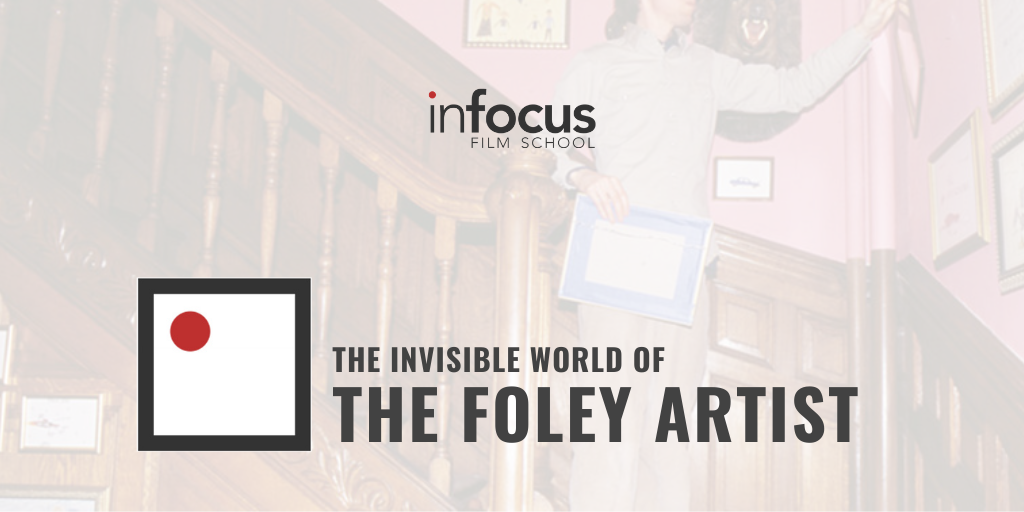
by Julia Courtenay
Foley—the addition of sound effects in post-production—is probably one of the most under-appreciated arts in film production.
The sound effects designed by Foley Artists are often as mundane as footsteps, keyboards, kettles etc. but they can stretch to the gory sounds of tearing flesh and crunching bones, to the sound of alien life forms and futuristic technology.
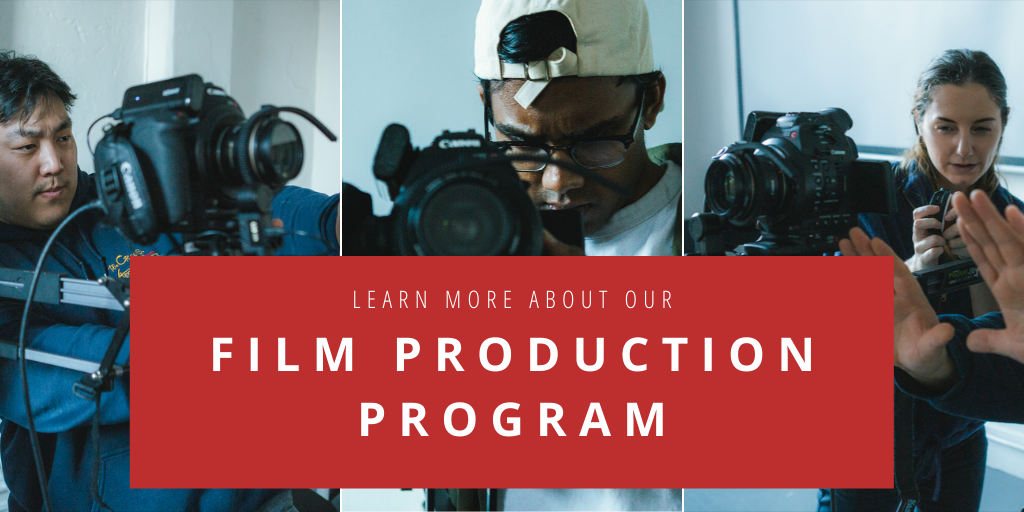
Click here to learn more about InFocus Film School’s Film Production Program!
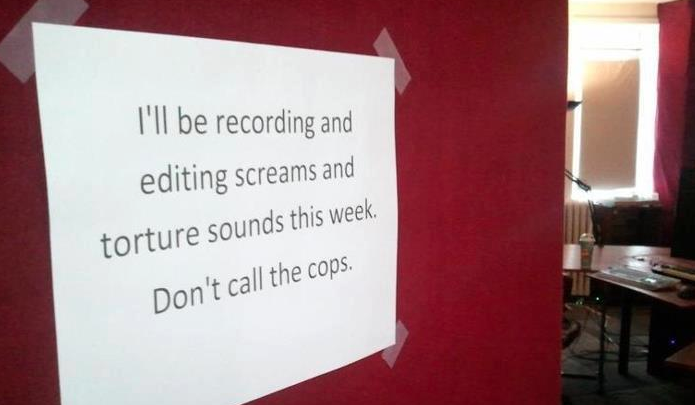
In fact, most of a production’s sound track is added in post-production for a number of reasons:
1) Some situations are faked during filming.
Swords in a sword fight may not be metal, a hand does not make contact with skin in a simulated punch or slap.
2) Some situations just don’t exist.
Think CGI light sabers in Star Wars or flying vehicles in Blade Runner 2049
3) Some sounds will not register adequately on microphones.
Examples include: a bird’s wings as it takes off, a letter being pulled out of an envelope, the rustle of clothing etc.
4) Additional sounds need to be added to create atmosphere and mood.
Ceiling fans, clocks, a fizzing fluorescent, a buzzing fly—the sounds you usually don’t pay too much attention to.
5) Some action must be silent during filming to keep the primary sound track clean for editing.
This is especially true for background (i.e. “extras”) or secondary performers. Background performers in a restaurant, for example, mime dialogue and interact with their prop cutlery, plates, glasses etc. completely silently.
These sounds are devised, “performed,” and recorded by the Foley Artist in Post Production.
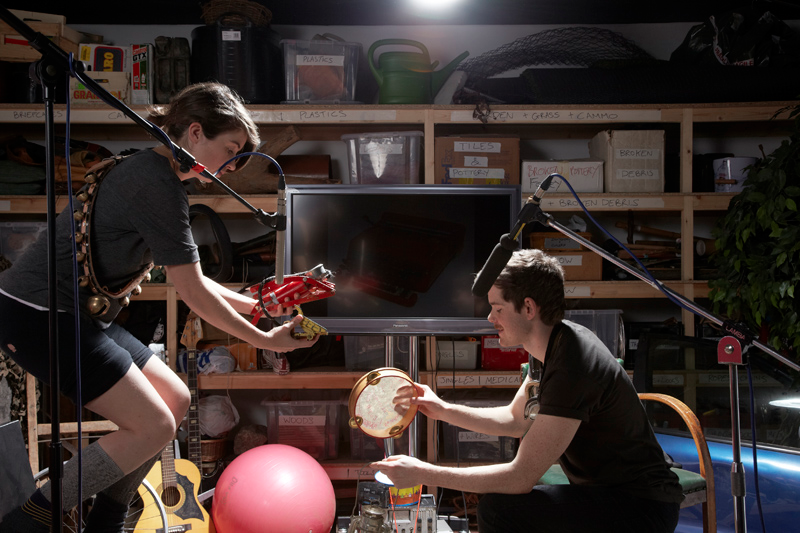
The recording of the effects is a “performance,” because the Foley Artist has to perfectly synchronize their actions with the actor’s movements as well as the mood and tenor of the scene. Just like actors, Foley Artists rehearse their performance delivery before recording.
A Foley Artist’s studio looks like a thrift store gone nuts. It’s full of bits of metal, every variation of flooring and fabric samples, chains, boots, grit, soil, food of all kinds, tools, electronic components, instruments, toys, bubble wrap, cellophane, a multitude of seemingly random objects and materials—all to make sounds we hear only subliminally.
But ultimately, sound is what makes the hairs on the back of a viewer’s neck stand up. It provides and enhances the reality, atmosphere, texture, and mood. If those sounds were absent, it would substantially diminish and flatten the viewer’s experience of a movie. Imagine Jedi fights with no lightsaber sounds!
Foley effects are often a genius combination of extremely unlikely sound sources instead of the real thing because the director is often looking for a heightened reality. It’s not about real sound; it’s about how a viewer believes something should sound or creating a more satisfying version of it.
The Foley Artist spends a long time experimenting with various objects and microphone placement to get the perfect result.
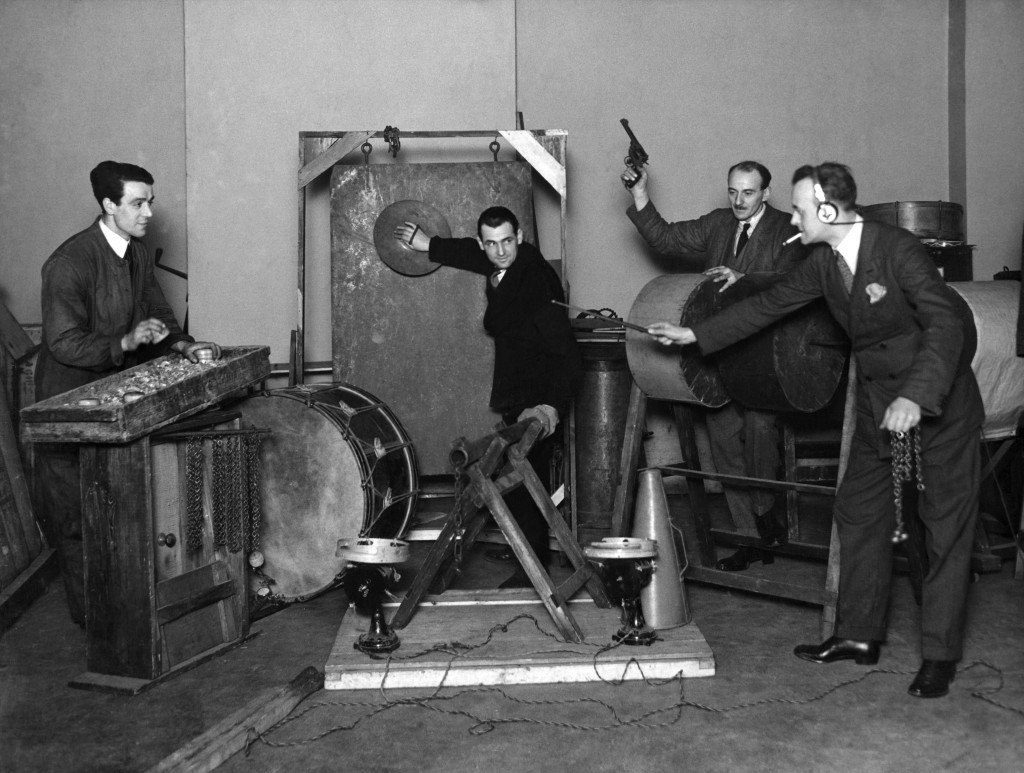
Some interesting Foley tricks:
- The iconic Star Wars lightsaber sound came from a combination of projector hum added to TV transmission interference. To create the sound of lightsaber movement, Ben Burtt used the Doppler Effect by recording the sound with a moving microphone.
- The sound of rain = the sound of sizzling bacon.
- A gun cocking = a briefcase clasp closed slowly
- Ice Skating = a tile cutter on glazed tiles
- Punches depend on how “meaty” the sound has to be. Foley Artists have used a wide (and unexpected) variety of techniques: a hammer hitting a cabbage, a frozen romaine lettuce hit against a table, and a baseball bat hitting a slab of meat etc.
There aren’t really any formal requirements or set career paths to becoming a Foley Artist. Foley Artists typically have an education in sound and/or recording arts plus knowledge and experience in post-production.
A good place to start is as an intern or runner in a post-production audio facility. From there, a mentor can take you on as an assistant. But ultimately, it comes down to networking and persistence—this is the film industry, after all.
If you’re still skeptical about the artistry of Foley, there’s nothing like watching Foley Artists in motion. Check out this beautiful award-winning short and immerse yourself in The Secret World of Foley:
But maybe Foley isn’t for you—and that’s fine! There’s plenty of work in the beast that is the film industry. We’ve got great articles that walk you through specific positions to help you figure out where your career will go:
Script Supervisors: The Eyes & Ears of Continuity
Assistant Directors: The Unsung Heroes of the Film Industry
The Creative Producer: Getting the Best of Both Worlds





